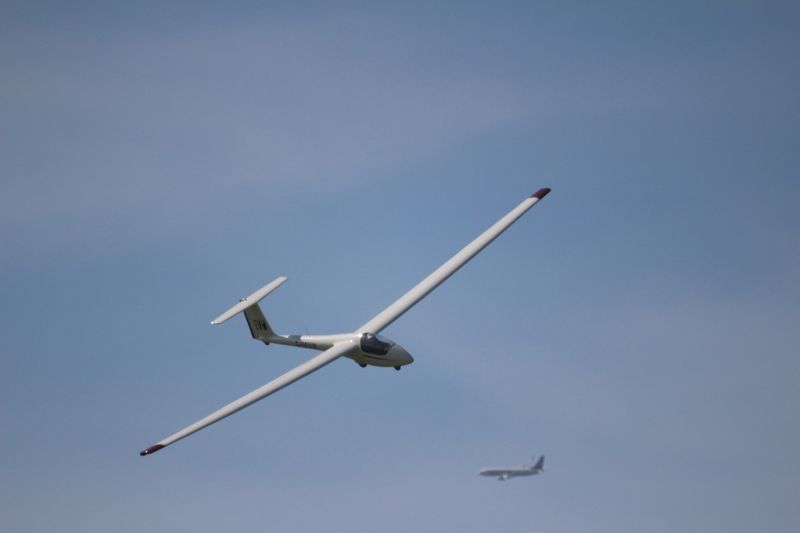The UK Civil Aviation Authority (CAA) has identified a “strong industry demand” for the beyond visual line of sight (BVLOS) operation of remotely piloted air systems (RPAS) within the UK.
While forecast estimates vary, CAA says they consistently show a large increase in the sector over the next 10+ years. However, the mid-air collision risk associated with BVLOS operations poses a significant barrier to the growth of this sector.
CAA’s vision for the BVLOS RPAS operation within the UK is set out in the Airspace Modernisation Strategy, which describes a transition from the use of segregated airspace to integrated operations, supported by the use of Transponder Mandatory Zones (TMZs). In support of this, CAA is now consulting on its proposed policy concept for the assurance of Detect and Avoid (DAA) systems.
The policy concept sets out a range of intended DAA functionality, including onboard/offboard sensing, local air-traffic displays, and collision avoidance functionality. The document considers fully manual operation where a remote pilot receives data and decides how best to respond, as well as fully automated responses, where the system determines and executes the required action.
The policy concept applies to all classes of airspace and categories of drones, with crewed aircraft currently the only hazard considered, but CAA says other hazards will be considered in future.
The publication of the DAA policy concept on July 25 signals the beginning of a DAA test and feedback phase, the objective of which is to ensure completeness and suitability of the requirements, considering safety, technical and commercial feasibility, as well as market supply of appropriate equipment. Testing will be conducted via the sandbox projects, where applicants and CAA will assess the application of the policy in detail, generating agreement on acceptable means of compliance with the policy requirements.
CAA requests all stakeholders to consider its proposed policy concept and provide their views via an online survey by 23:59 on 19 September 2024. If the amendments from stakeholder feedback are significant, CAA may reconsult on its revised proposals. Otherwise, it will publish a policy document confirming the new DAA policy and the date that it will come into force. The CAA intends to have undertaken these steps by early 2026.
It is worth noting that the UK CAA is also currently conducting a review of the rules-of-the-air with regard to BVLOS RPAS operations.
For more information
Image: UK Civil Aviation Authority




